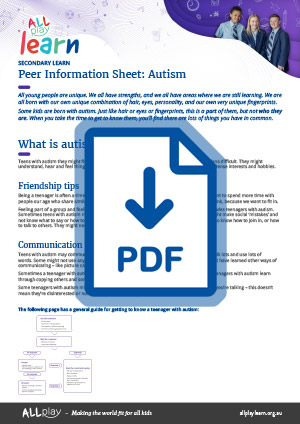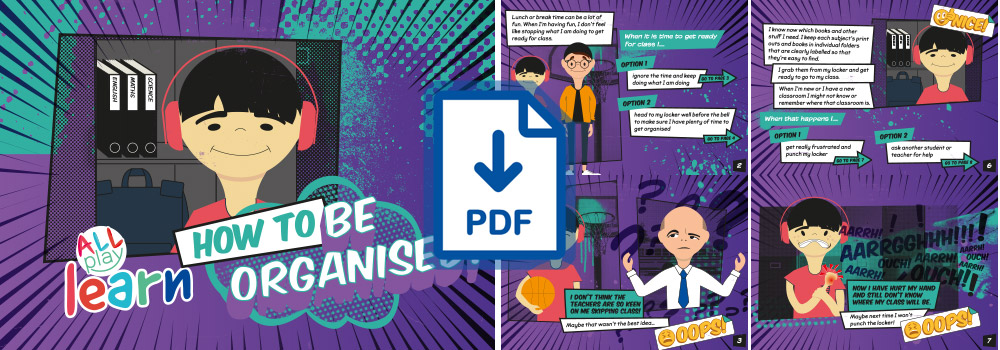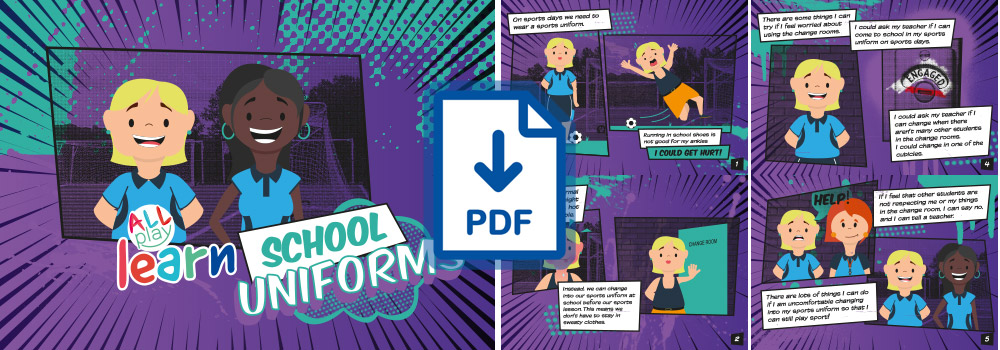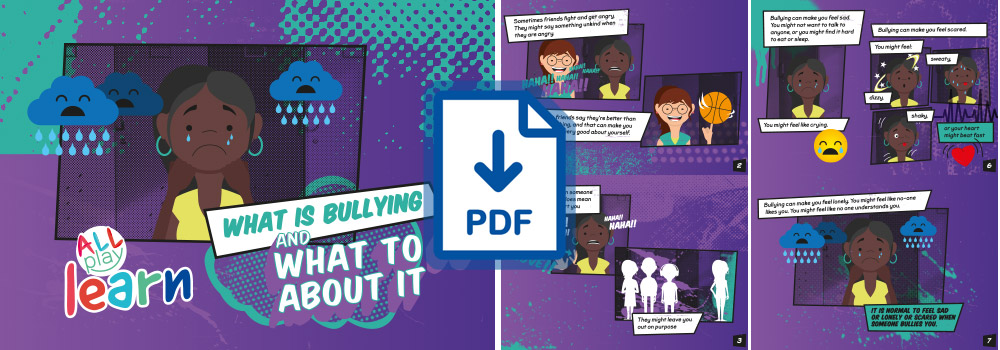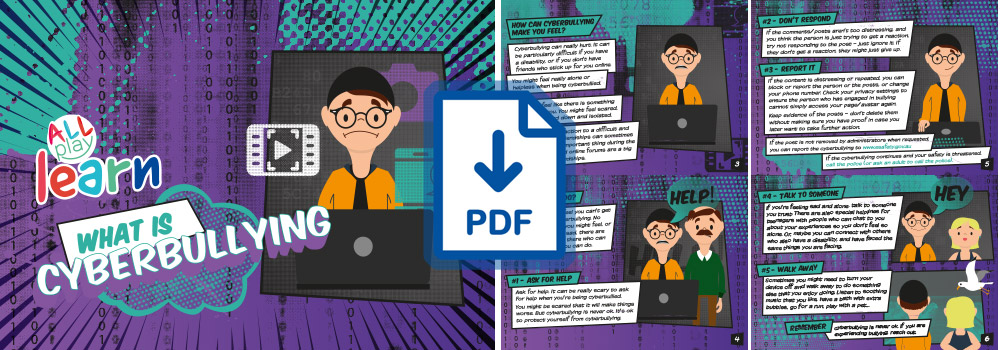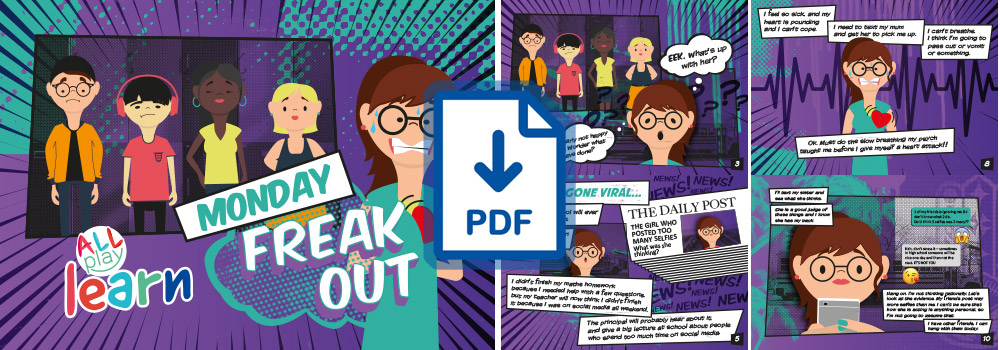

About autism
Autism is a condition which impacts the way a student may experience and interact with their environment and others in their environment. Every student with autism is different, there is no ‘one size fits all’. This means that the characteristics of autism may differ significantly from one student to another.
Students with autism typically experience differences in their:
- Initiations and responses during communication. Some students might have lots of language and others might only use a few words or no words. Autistic students tend to speak very honestly, and may misunderstand others when language isn’t direct (e.g. sarcasm or jokes). They may take longer to understand communication, and some students may make statements that don’t fit the flow of conversation or context.
- Interpretations and use of nonverbal communication. Autistic students may avoid or dislike eye context, their facial expressions may be less expressive than other students, and they may not use gestures (e.g. pointing) when communicating. Students may become frustrated and distressed when their attempts to communicate verbally or nonverbally are not understood, which may result in challenging behaviours.
- Interactions and understanding in social contexts. Students with autism may misunderstand social interactions, including unspoken social rules or conventions. They also may not perceive and follow the ‘rules’ of conversation, such as taking turns. Although they may have social difficulties they are often keen to join in, they just might not know how.
- Behaviours or interests. Students with autism may follow routines and class rules well as they tend to like things to be done in a particular way or order. They may have a favourite activity that they are happy to do over and over again, and they may need warning before switching between tasks.
- Reactions to sensory input Some students may find loud noises or particular sounds or textures uncomfortable. As every student with autism is different, it is important that the teacher understands the student’s sensory needs, to provide appropriate supports and ensure the classroom environment is inclusive.
A note on language. How you speak about autism is an important issue to many. Some autistic people and families prefer ‘autism’ over ‘autism spectrum disorder’. Some students and their families prefer a person-first approach, where you refer to the person before their diagnosis — so ‘student with autism’. This puts the focus on the young person, rather than his or her diagnosis. However, others may prefer identity-first language, so ‘autistic student' rather than a ‘student with autism’. This is becoming increasingly common and can help individuals to claim their disabilities with pride, whilst challenging negative stereotypes about autism. For more on language visit AllPlay Learn's inclusive language guide
Some autistic students may have learned to 'mask' (hide or camouflage) their autistic characteristics, which can have a negative impact on their wellbeing. Learn more about what masking may look like, and tips on how to support a student who is masking, in this brief overview.

Strengths
What might be some strengths?
- Some students may have good visual perceptual skills. They might be good at visual searches and recognition.
- Recognising different sounds and music can be a strength.
- Some students may be good at recognising patterns and solving problems.
- Students with a strong interest in a particular topic may have learned lots of information about that topic.
- Some students may provide new or interesting responses to creative tasks (e.g., creating new metaphors).
- Understanding and reasoning about physical objects or properties may be a strength.
Where might you provide support?
- Some students might find it hard to fit in socially. They might find it hard to join in with a group. They may find making eye contact unnatural or difficult.
- They may find recognising or understanding the emotions of others challenging without help.
- They might have difficulties expressing themselves or understanding the meaning of things said to them. They tend to learn well with concrete, rather than abstract, examples.
- They might find it harder to understand instructions. They benefit from support in using a skill they learned in one task or context in another context (generalisation).
- They tend to be less unsettled when they are warned about upcoming changes to plans or transitions between tasks.
- They may be sensitive to certain sounds or other sensations.
- Some students may find some motor tasks such as writing or drawing difficult.
- They may become easily overwhelmed and have emotional ‘meltdowns’.

Evidence-based strategies
Adapt activities to be as inclusive as possible
Provide lots of opportunities to practise
Work collaboratively
Support students to self-manage
Provide positive feedback
- Some tasks may need to be changed for a student. Where you can, use concrete materials, and provide pictures or videos showing how to complete a task, rather than using abstract concepts.
- Present information and tasks in different forms. When engaging students in abstract or complex tasks (for example, interpreting metaphors), provide these in written or visual form, rather than only providing these verbally.
- Students may need to practise a task or behaviour many times. Lots of time to practise in different settings and with different materials can help students learn to use that skill in other situations.
- Offer fewer tasks with more opportunities to practise. This helps students to learn tasks and may be more helpful than offering many tasks with little opportunity to practise.
- When a task is new, students will learn best with help. Provide them with help (i.e. prompts, demonstrations, encouragement). This can be gradually reduced as they become more capable. Help can be provided by teachers or other students.
- Provide lots of opportunities for students to work together. Students with and without autism can get to know each other and build friendships through working together. Students can also learn through watching others. Consider ways in which you can facilitate a student’s interactions with others in a group. See peer mediation for tips on this.
- When appropriate, give individualised tasks. Consider giving specific roles or tasks to students in a group if a student with autism is working with tailored materials or instructions. You could also select a student in a group to be a tutor or mentor.
- Teach self-instruction skills. Consider guiding students to problem solve so they can persist with schoolwork instead of getting frustrated. For example, they can follow these steps mentally or think out loud: “What is the problem?”, “What are my options?”, “I think this is the best option”, “Am I following my plan?” and “How did I do it?”
- Teach students how to self-monitor. Consider giving students a checklist of behaviours that they would like to work on. Prompt them to check off the list throughout the day. View AllPlay Learn's self-monitoring form below.
- Provide instructions to students about strategies they can use when taking tests.
- Allow noise-reducing headphones. Noise-reducing headphones may help students if they find the classroom or playground too loud.
- Give encouragement and correction. Immediate positive feedback and correction when students are learning a task or behaviour can be helpful. This can be reduced gradually as they build their capability.
- Where possible, provide choices to students in their learning. For example, literacy and art tasks could provide opportunities to incorporate interests in anime, or a mathematics task could involve calculating the probability of a student's favourite sports team making the finals.
View an example demonstrating how a teacher can use a strengths-based approach to apply evidence-based strategies to support a student with autism.

Best practice tips
Provide a clear schedule and routine
Help students with organisational skills
Express positive regard and support
Provide a safe space
Ask how to help
Teach learning strategies
Create a classroom space that supports engagement
Self-disclosure
Use technology
Involve students in individual education and transition plans
Promote self-determination
- Visual cues or schedules can help students understand what is coming up and when they should complete a transition from one activity to another.
- Explicitly teach organisational skills. See the AllPlay Learn story how to be organised to help students learn new routines and habits for secondary school.
- Teacher emotional support and encouragement helps a student with autism achieve better results. Help a student know that they are valued and supported.
- Consider providing a quiet area that a student with autism can go to if they are feeling overwhelmed. Having access to a trusted adult can also support students when they are feeling overwhelmed. Use our anxiety resource toolkit to recognise and support student anxiety.
- Talk to parents and the young person’s support team to find out the best way to work with and support the student. Parents can help you understand a young person’s unique strengths and areas they need more help. You could ask parents to complete AllPlay Learn’s strengths and abilities communication checklist to find out more information about the student.
- Use learning and memory strategies that allow students to complete tasks independently. For example, task analysis can be used to break down a skill the student is learning, and mnemonic devices can be used to help the student remember theories.
- Consider trialling (and monitoring) changes to the classroom environment. This may include creating designated spaces for specific classroom activities, providing enclosed areas that reduce distractions, providing spaces with dimmable or reduced lighting, and reducing detail in visual displays.
- Some students may choose to disclose their diagnosis to peers. This can be a positive or a challenging experience for students. Understanding the student's experience of disclosure, to provide support if needed, may be helpful. Read this journal article to develop your knowledge about some of the positive or negative experiences that other autistic students and adults have experienced when disclosing their diagnosis to others. Listen to Ellen's story about sharing her autism diagnosis with others.
- Consider how technology may support a student’s organisation and planning. For example, consider the use of software or apps that can help a student to keep track of their homework tasks, or the use of a silent vibration alert on a watch to support them with self-monitoring.
- Talk to students about the purpose for individual education and transition plans, and the benefits of students being actively involved. Provide them with opportunities to be actively involved, including when planning for transitions, and teach them about the roles of people involved, key terminology used, and skills that will support their active participation.
- Promote self-determination. Empower and teach students to make simple choices, set goals, be independent, and develop problem-solving abilities. Use technology as needed. For example, technology can be used by students who communicate non-verbally to indicate preference.

Curriculum considerations

Other considerations
Planning and organisation
First aid
Behaviour
Friendships
Starting secondary school
Other co-occurring conditions

Relevant resources
Visit our resources page for a range of resources that can help to create inclusive education environments for students with disabilities and developmental challenges. Some particularly relevant resources for students with autism are:





